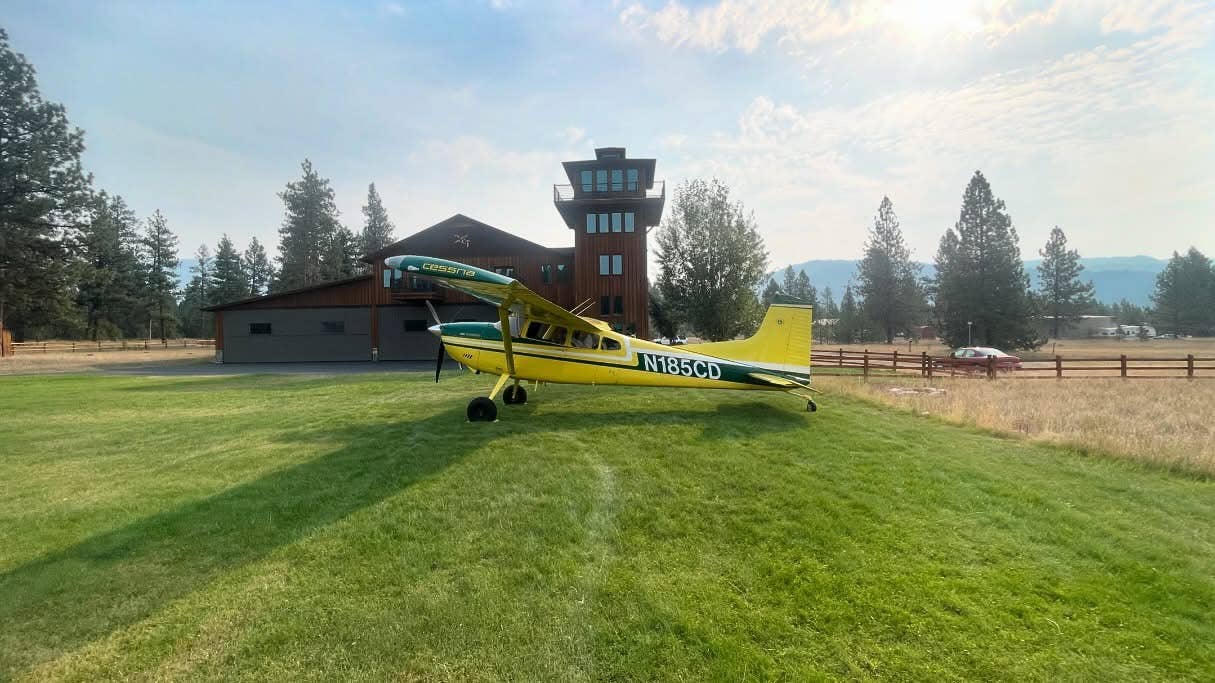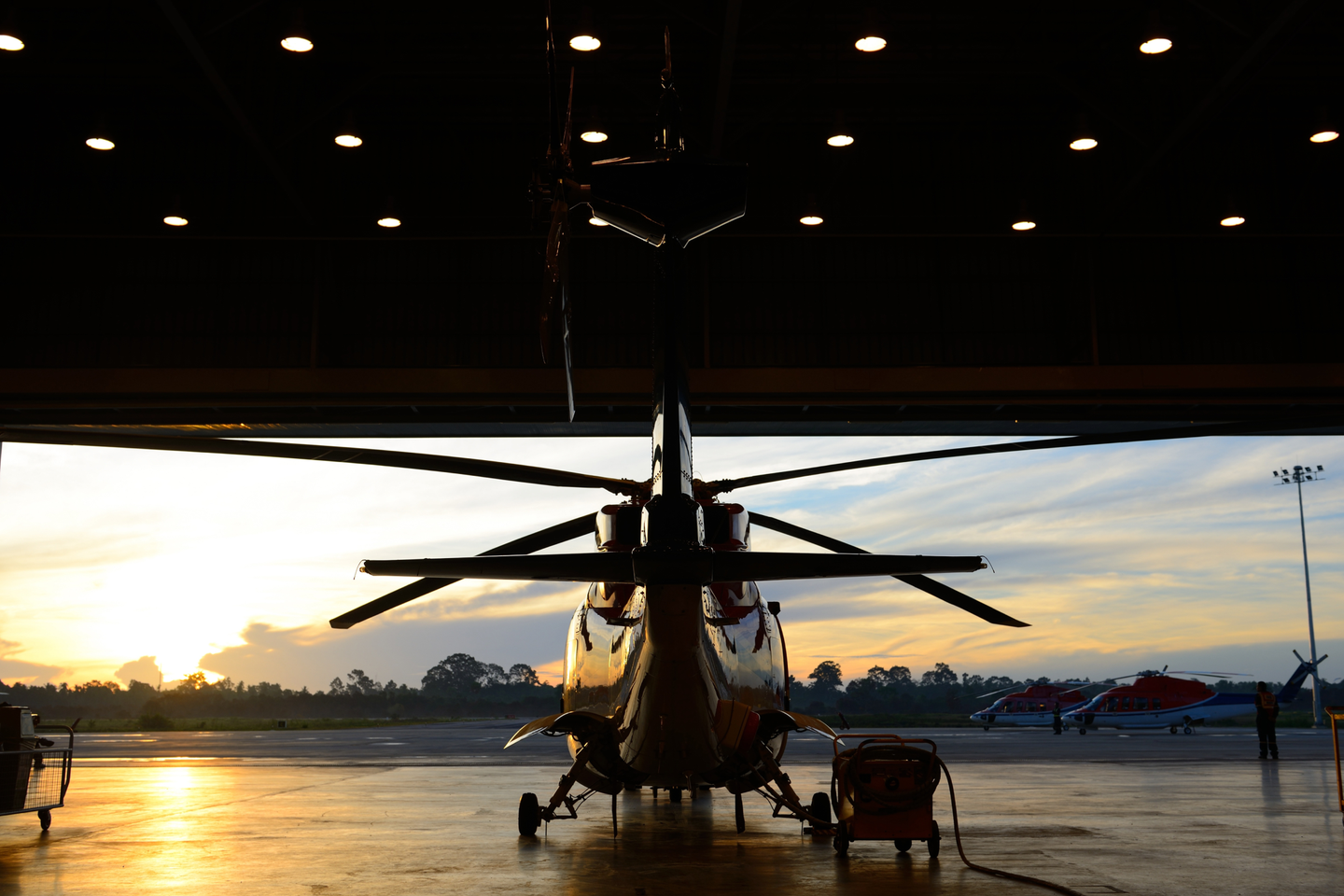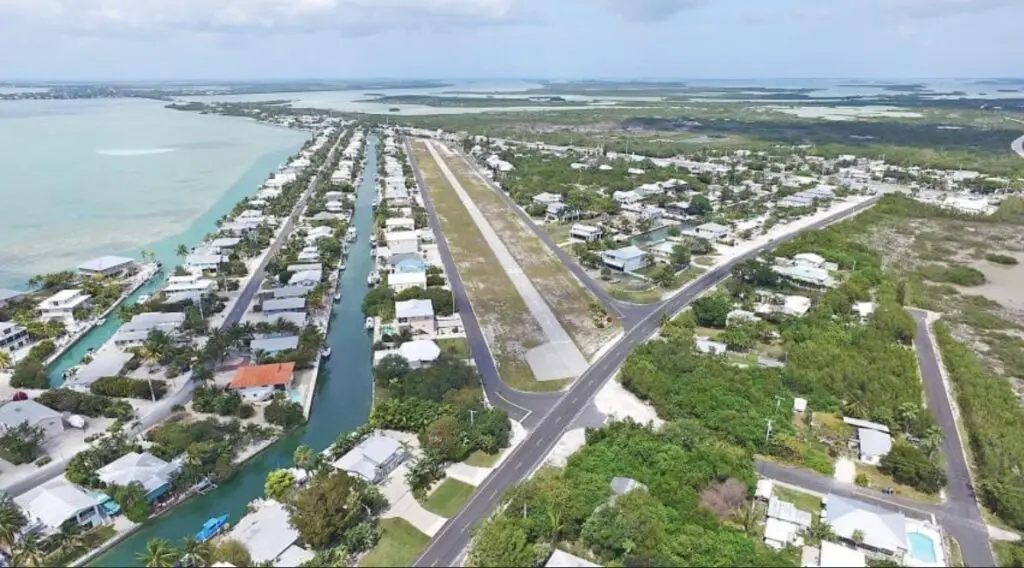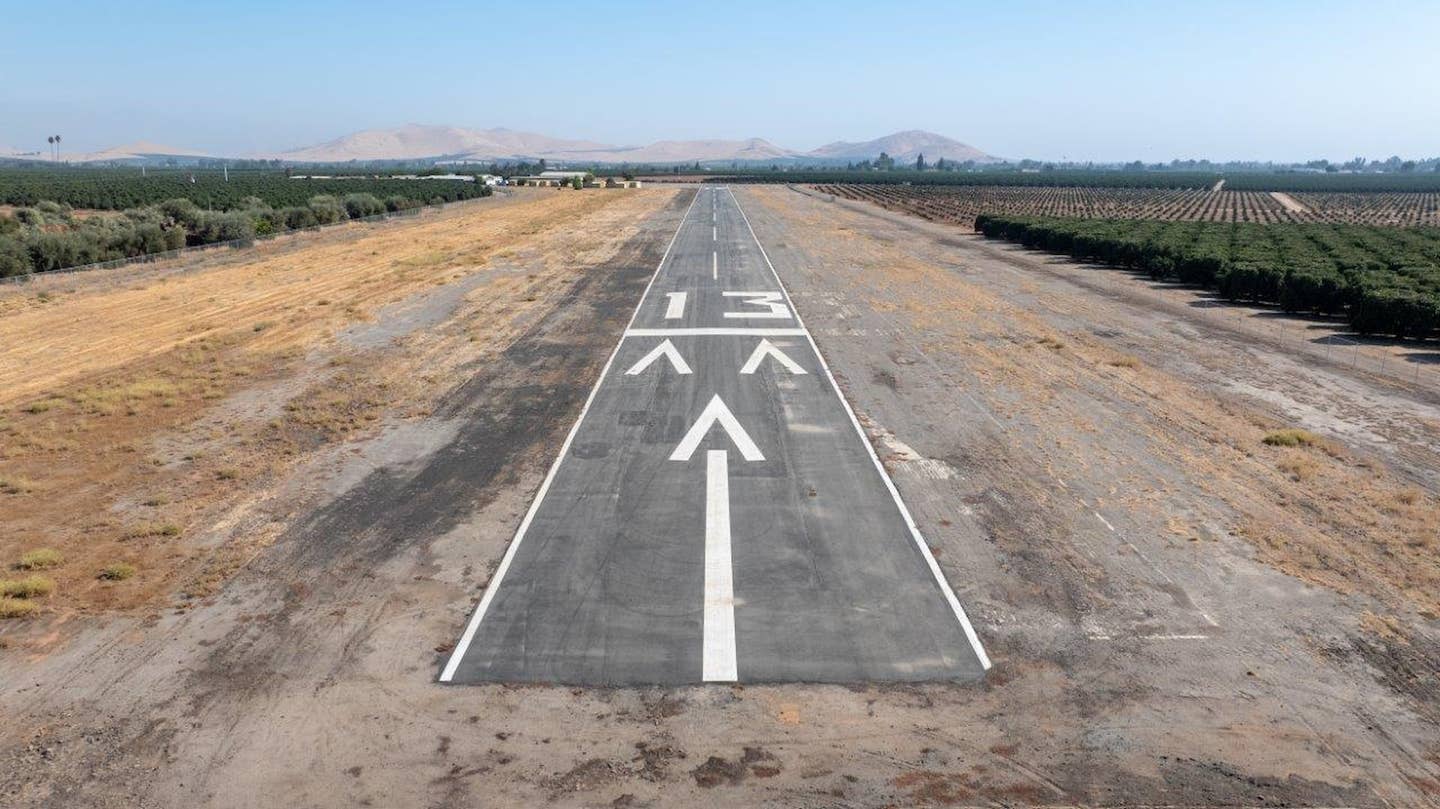New Texas Airport Honors WWII Aviation Legend
Chennault Airfield in Conroe, Texas, is home to a flight school named after the American military aviator who led the Flying Tigers squadron.
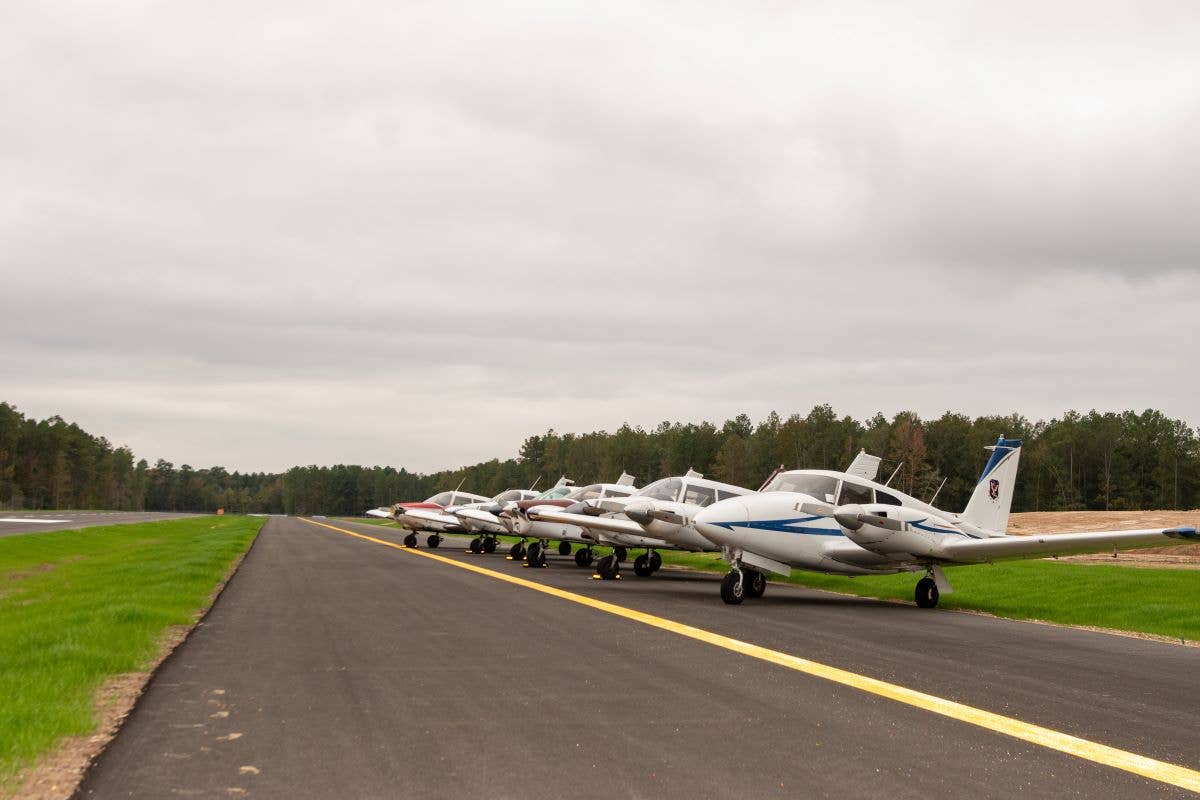
The Chennault Aviation Academy is based at Chennault Airfield in Conroe, Texas. Its fleet is pictured on the ramp at the airport. [Courtesy: Chennault Airfield]
It’s always refreshing to see a headline that begins with “new airport opening." During a time when airports continue to be threatened, Chennault Airfield (25TX) in Conroe, Texas, opened in November.
This airport wasn’t entirely new, though. The acreage where Chennault Airfield’s 3,100-foot runway sits was once the site of an aerial spraying operation during the 1970s. At the time, it was called the Cut and Shoot Airport (19TE).
The 35-acre Chennault Airfield is owned and operated by the Chennault Aviation Academy, which has more than 100 active students and instructors. Skye Nowlin, CFI/CFII and communications coordinator, explained that the flight school’s name pays homage to Claire Lee Chennault, an American military aviator who led the Flying Tigers squadron during World War II. The owner and CEO of Chennault Aviation Academy previously lived in Monroe, Louisiana—Chennault's hometown— where he had built a relationship with the Chennault Foundation.
Since its founding in 2017, Chennault Aviation Academy has been based at another area airport. As the flight school continued to grow, its ownership considered different options for the base of its operations.
“In March of 2022, our owner was told about the airfield property after he found out that we were not going to keep the current hangar that we were originally located in at Conroe Airport (KCXO), as it was being purchased,” Nowlin said. “Our owner, Aaron Wang, bought the property for the airfield in April that same year, and construction began in April 2023.
“The property was completely overgrown, and you wouldn’t have been able to recognize it as the airstrip that it used to be. It took about a year to figure out the logistics of how they were going to be able to make this work. During construction, they ended up having to build up the area of the runway and our hangar area with about 6 inches of dirt. They built up this area to allow for better drainage and prevent flooding in the future.
“Additionally, during construction, there was a retention pond to aid in preventing flooding and a 1.5-million-gallon fire pond as a preventive measure to help extinguish and prevent the spread of fire.”
Nowlin noted that the property went from full of trees to neatly cleared with a functioning runway in only six short months. Phase one of the project included construction of the asphalt runway, taxiway, and flight school hangar/training building, and a second phase will soon be underway.
“Phase two includes the construction of hangars that are going to be available for rent or purchase for people that want to have their aircraft based here,” Nowlin said. “We currently don’t have a set number [for how many hangars there will ultimately be]. But we are going to have a combination of T-style hangars and box hangars as we have got feedback that people are interested in both styles.”
Nowlin also pointed out that the airport’s operations are currently limited to a select group of pilots.
“We are still published as a private airfield, and we are planning to always stay that way,” she said. “Currently, operations out of this airfield are only for students at the flight school, but we have fuel. So, we are going to start offering for people to come here, and they will have to obtain permission prior to coming in here.”
Not only will more aviators be able to fly into Chennault Airfield in the future, but more businesses may also join the flight school as on-field service providers.
"We are underway in developing a maintenance school, hopefully in the next year—as long as the FAA approval process goes well," Nowlin said. "There are other future plans that we plan to announce in the future. We plan to be a fully functioning airfield, completely sustainable on our own."

Sign-up for newsletters & special offers!
Get the latest FLYING stories & special offers delivered directly to your inbox



